Irradiation-induced solute clustering behavior in ferritic/martensitic alloy T91
- Name:
- Matthew Swenson
- Email:
- [email protected]
- Phone:
- (208) 526-6918
- Experiment Title:
- Irradiation-induced solute clustering behavior in ferritic/martensitic alloy T91)
- Work Description:
- Specimens of commercial ferritic-martensitic alloy T91 have been irradiated to the following conditions: • 2.0 MeV protons, 2.4 dpa, 500C • 5.0 MeV Fe2+ ions, 3 dpa, 500C • 5.0 MeV Fe2+ ions, 100 dpa, 500C Results from Fe2+ and proton irradiation to ~3 dpa will be compared with previous results (RTE 13-419) from T91, neutron-irradiated to 3 dpa at 500C Microstructure characterization will include transmission electron microscopy (TEM) to characterize dislocations, loops, carbide precipitates, and voids (if any), coupled with complementary local electrode atom probe tomography (APT) for analysis of nanoclusters and other features below TEM resolution. Focused ion beam (FIB) is required to fabricate TEM and APT specimens.
A calculation method is developed to predict evolution of nanocluster radius over irradiation time based on the theory of Nelson, Hudson, and Mazey. It has been demonstrated mathematically that this calculation model may be used to isolate the clustering behavior for each solute species. Previous solute calculations (for HCM12A and HT9) have shown a strong correlation between solute dissolution efficiency and known literature values of displacement energy for various solutes. With this experiment, we will be able to test the capability of the NHM-based model as a predictive tool for solute cluster evolution, informing future F/M and nanofeatured alloy development. Additionally, the NHM-based model has enabled evaluation of the temperature shift requirements for higher dose irradiations through study of temperature sensitivity on the clustering evolution of several species of solutes upon various irradiation conditions. This experiment enables evaluation if temperature shift requirements on an additional alloy to inform future charged particle irradiation experiments for fast neutron emulation.
This project focuses on the commercial F/M alloy T91, irradiated separately to the following conditions: a) 2 MeV protons to 2.4 dpa at 500°C, b) 5 MeV Fe2+ ions to 3 dpa at 500°C, and c) 5 MeV Fe2+ ions to 100 dpa at 500°C. Characterization of samples irradiated to ~3 dpa enables direct comparison with previously analyzed specimens irradiated with fast neutrons (RTE 13-419) at the same dose and temperature. Subsequent calculations using the NHM model will validate the solute cluster evolution model and confirm the predicted temperature shift requirements to emulate nanocluster evolution in F/M alloys using higher dose rate irradiations. Finally, characterization of the specimen irradiated to 100 dpa (Fe2+ ions) will verify if solute redistribution at high dose is consistent across multiple F/M alloys with common solute species.
The project will accomplish two major goals: a) validation of our solute specific model of cluster evolution in irradiated b.c.c. Fe-based alloys, and b) confirm the temperature shift requirements for using higher dose irradiations. Each will provide valuable information for nanofeatured alloy development and charged particle irradiation experimentation, both of which are of growing interest to the Department of Energy Office of Nuclear Energy.
The outcome of this project is an experimentally-validated model of solute clustering evolution under irradiation in irradiated b.c.c. Fe-based alloys. This will be a versatile and valuable tool to assist current and future nanofeatured alloy development. Success of this project will have broad implications. First, results of this project will be relevant to all F/M and other nanocrystalline alloys based on the b.c.c. Fe-Cr matrix. This is particularly noteworthy since nanofeatured alloys are increasingly important in nuclear power applications, due to their high irradiation tolerance. Ongoing efforts aimed at developing nanofeatured alloys are also supported by the Nuclear Energy Enabling Technologies (NEET) program, while modeling of advanced cladding and structural materials are supported by the Nuclear Energy Advanced Modeling and Simulation (NEAMS) program. Second, this project will confirm the temperature shift requirements for using higher dose irradiations, informing subsequent charged particle irradiation experiments designed to emulate nanocluster evolution in a fast neutron irradiation environment.
The results of this project will help evaluate the long-term microstructural integrity of F/M alloys in fission reactors, and the model can easily be adapted to other alloy systems. Ensuring the integrity of the microstructure of engineering alloys throughout their service lifetime will ensure success of multiple DOE-NE programs, including ART, LWRS, and aSMR. Therefore, this project fulfills the DOE-NE mission of meeting the country’s energy, environmental, and security needs with nuclear power.
"Comparison of microstructure evolution in Fe2+ or neutron-irradiated T91 at 500 C" Matthew Swenson, Saheed Adisa, Ryan Blair, Materialia 12 2020 100770 Link
"Comparison of microstructure evolution in Fe2+ or neutron-irradiated T91 at 500°C" Ryan Blair , Saheed Adisa, Matthew Swenson, Materialia 12 2020 Link
"Modeling of irradiation-induced precipitates in ferritic-martensitic alloy T91" Matthew Swenson, Saheed Adisa, National Society of Black Engineers Annual Convention March 27-31, (2018)
"Modeling temperature shift for solute clustering in T91 when using variable dose rate irradiations" Matthew Swenson, Saheed Adisa, TMS March 10-14, (2019)
About Us
The Nuclear Science User Facilities (NSUF) is the U.S. Department of Energy Office of Nuclear Energy's only designated nuclear energy user facility. Through peer-reviewed proposal processes, the NSUF provides researchers access to neutron, ion, and gamma irradiations, post-irradiation examination and beamline capabilities at Idaho National Laboratory and a diverse mix of university, national laboratory and industry partner institutions.
Privacy and Accessibility · Vulnerability Disclosure Program

